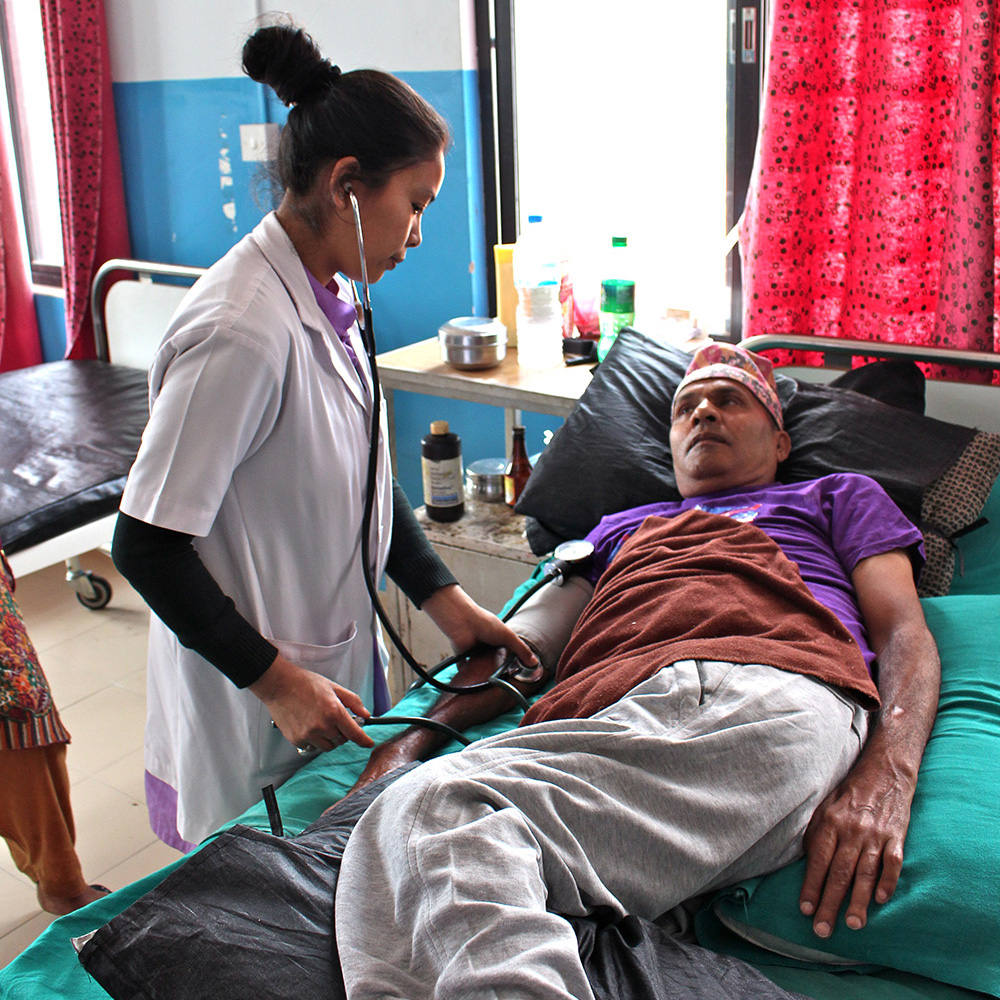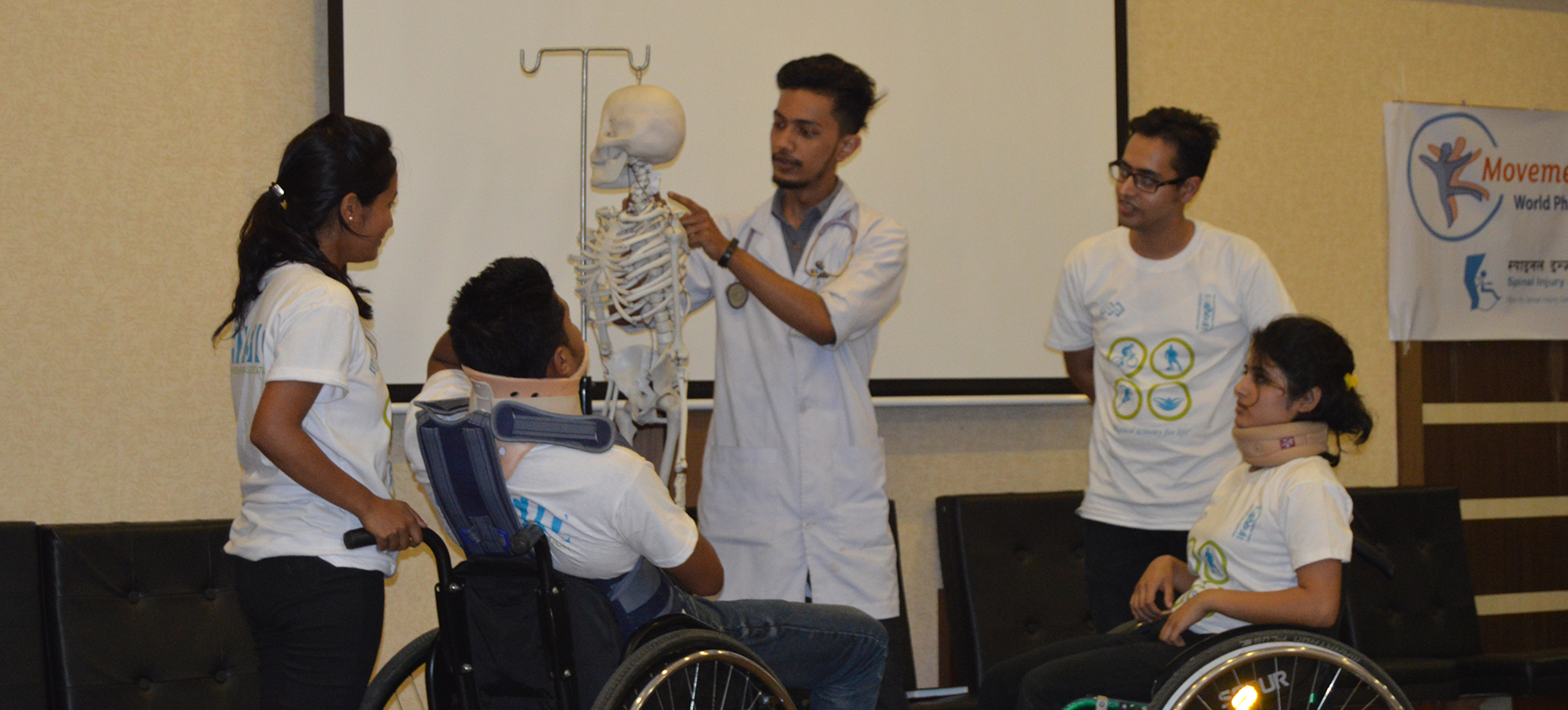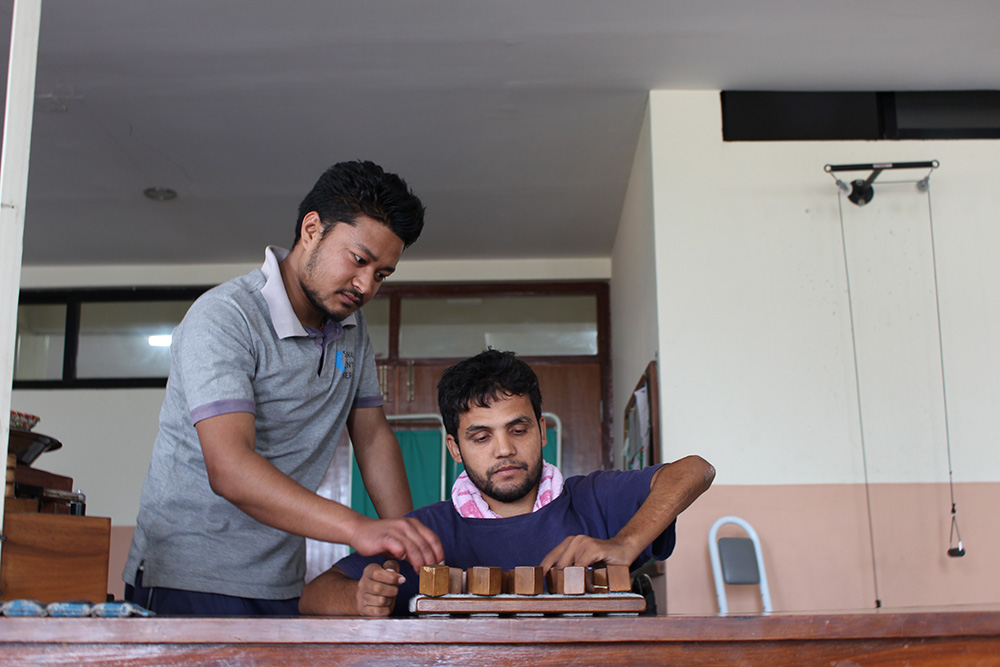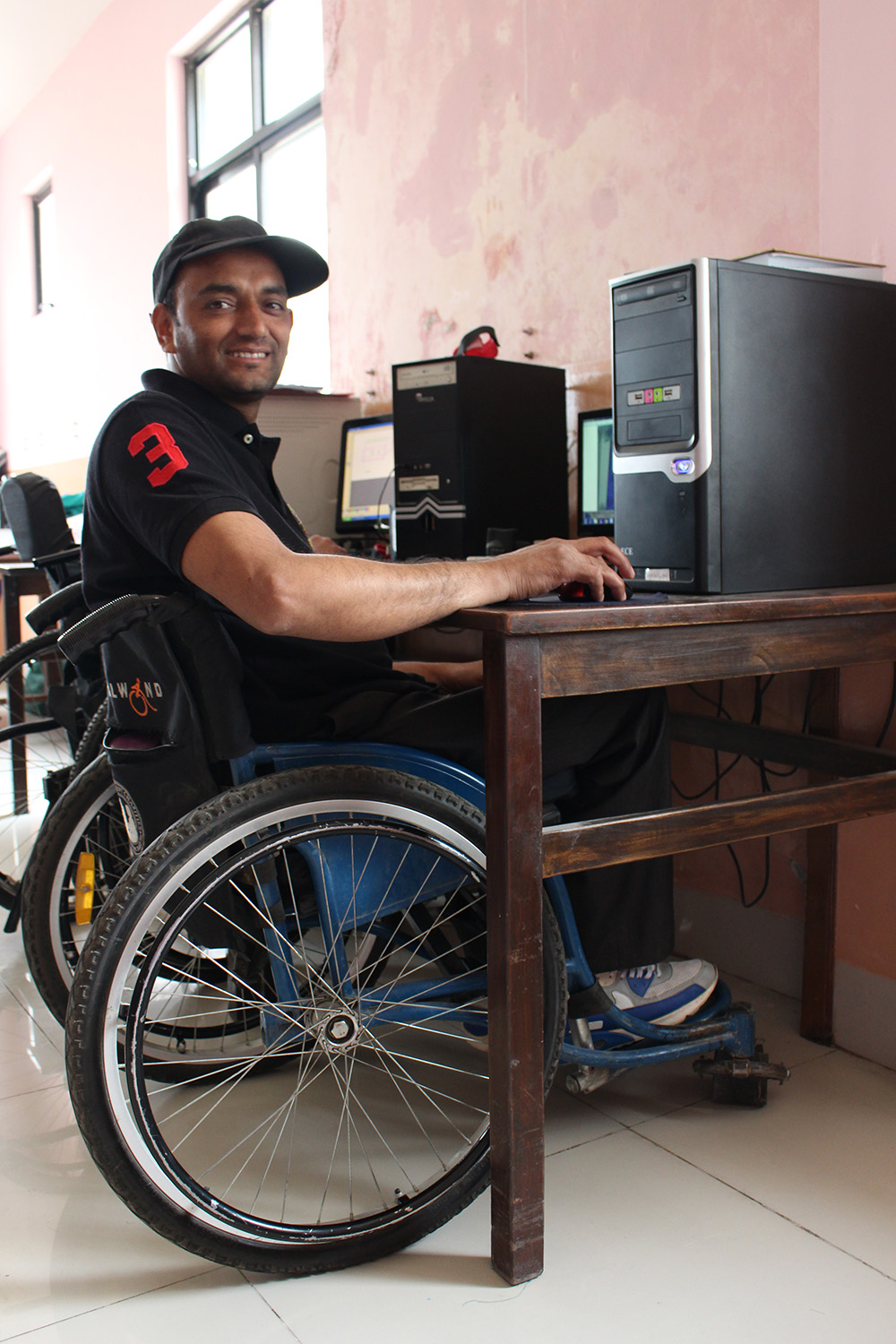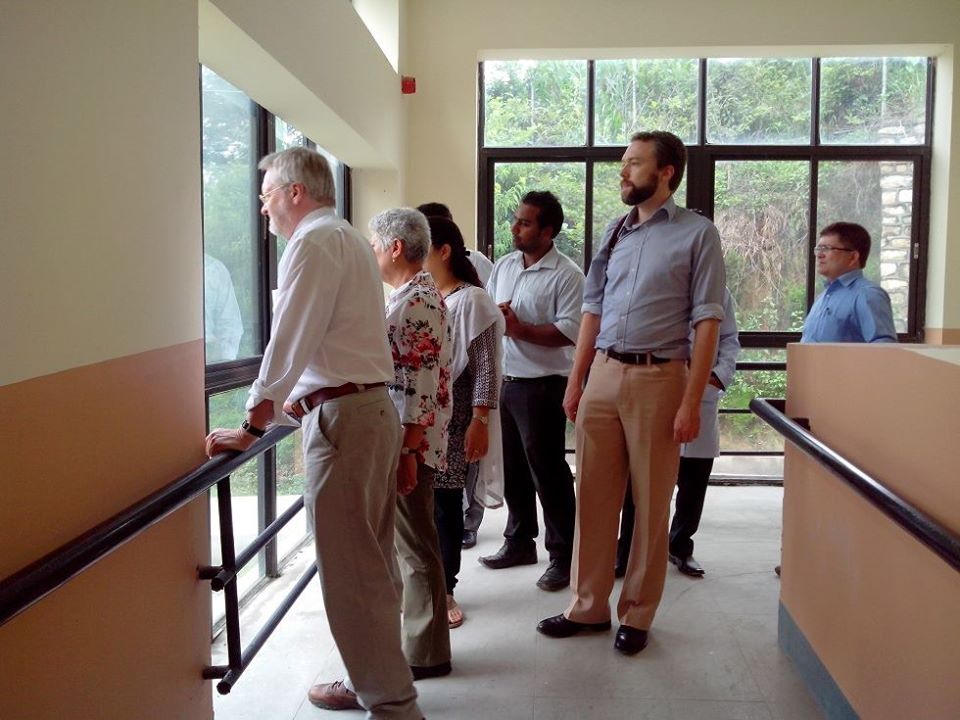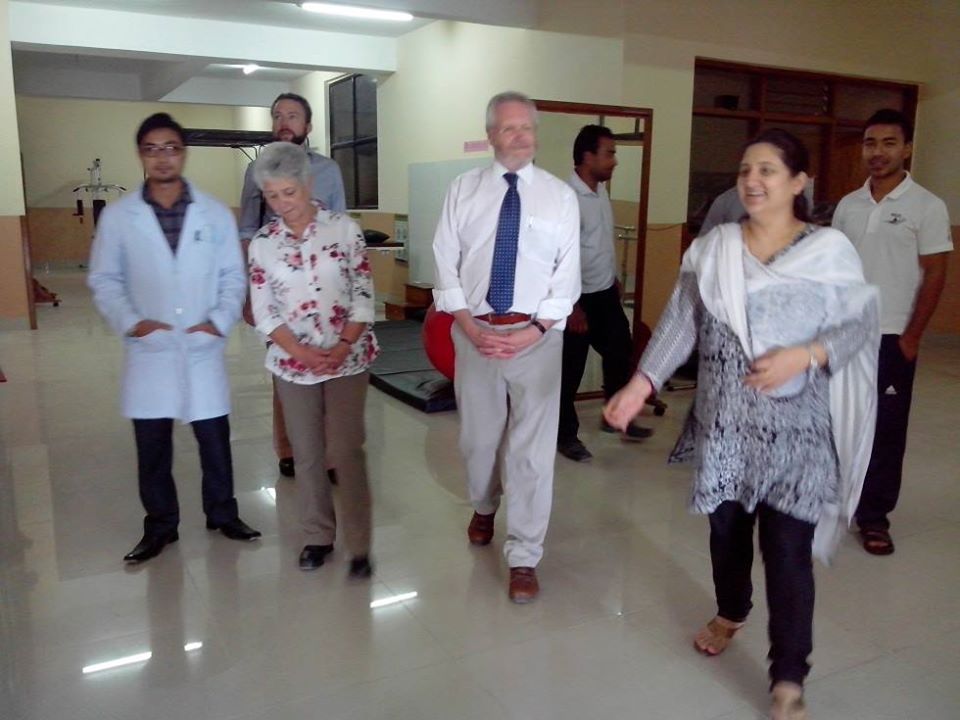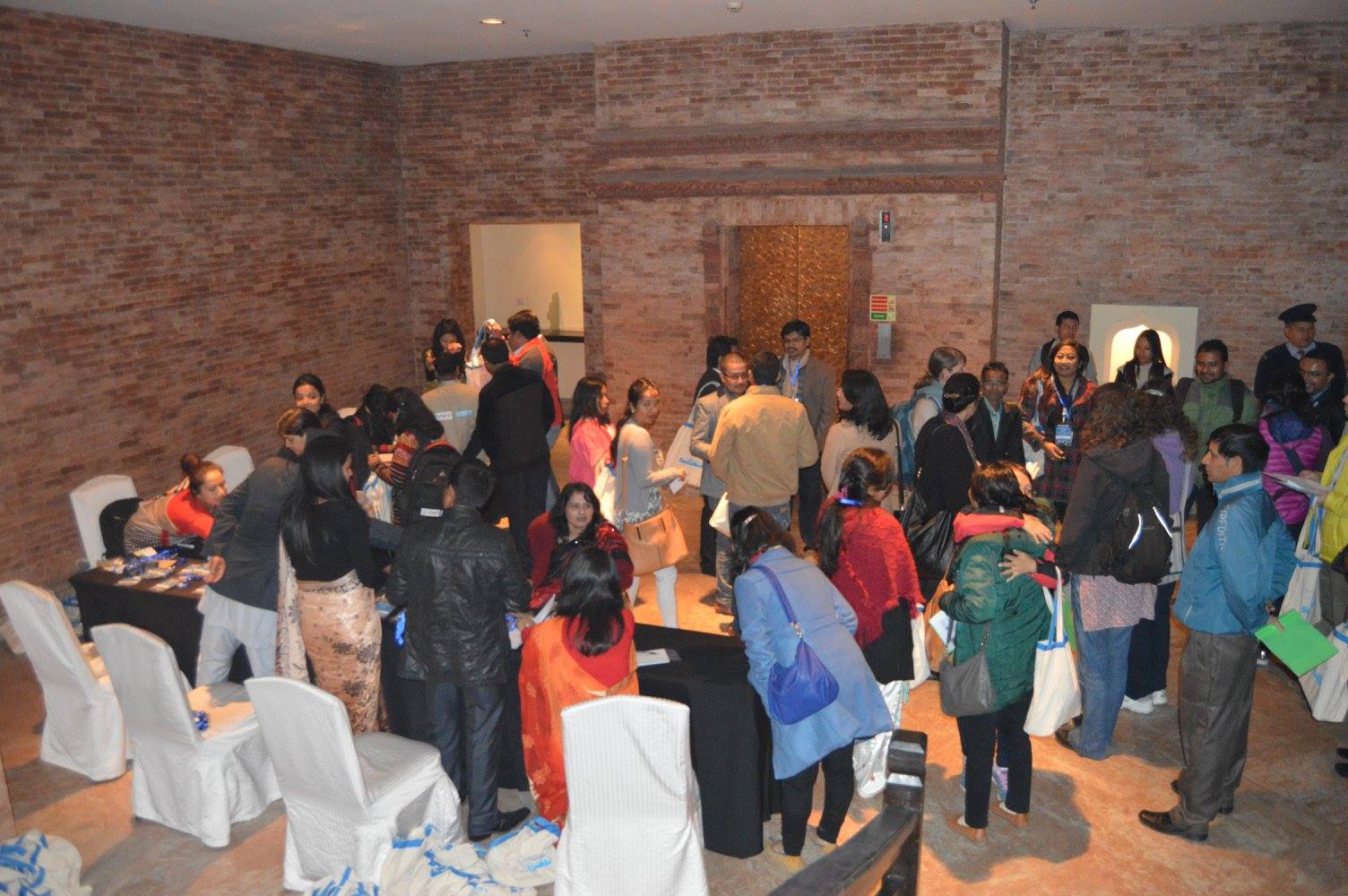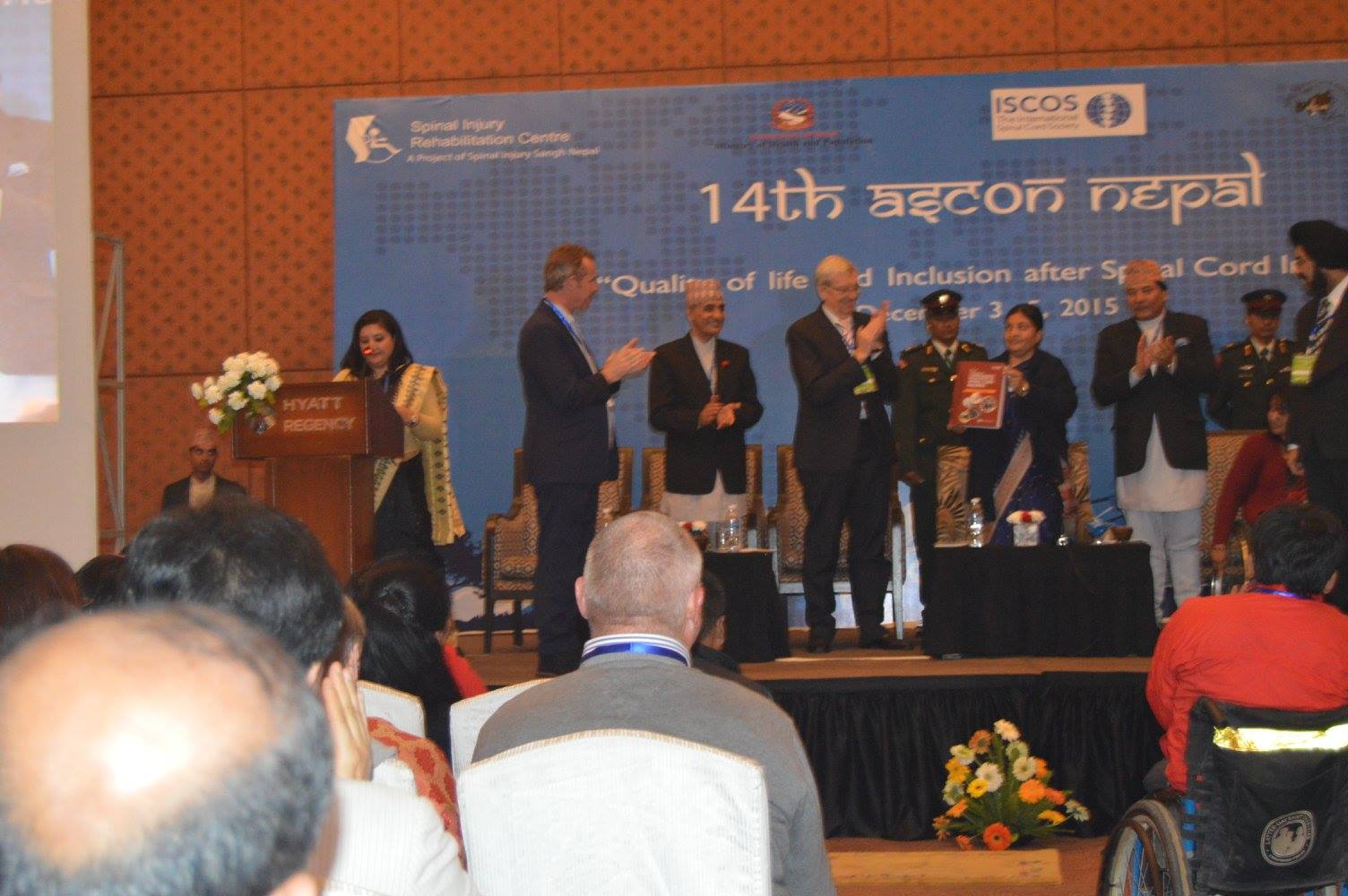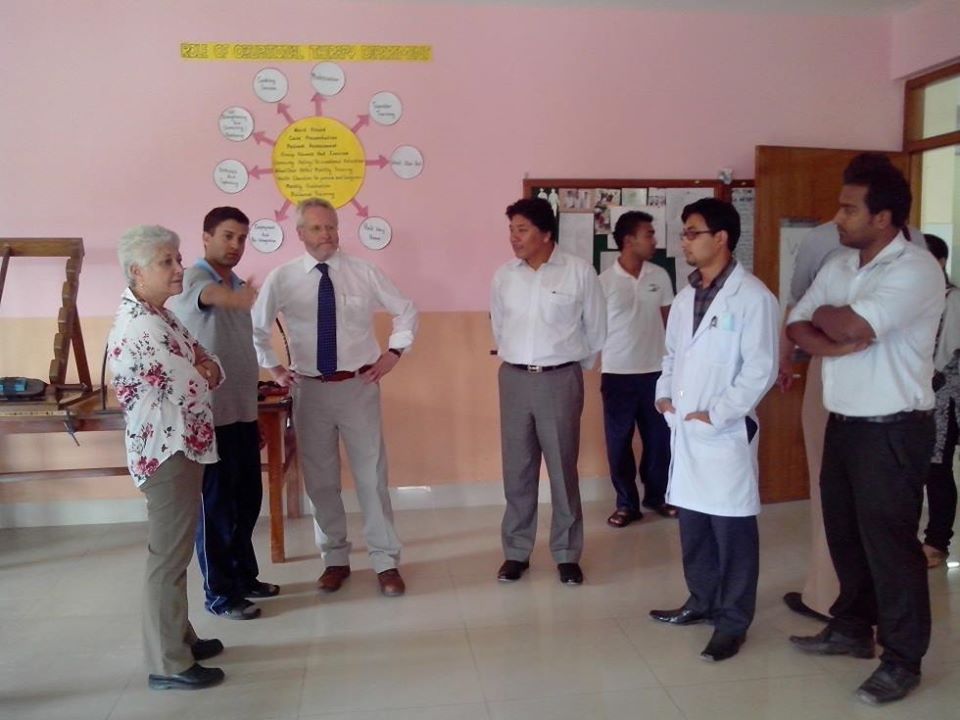I do believe that with all our best intentions, we will be able to realize our collective dream of making SIRC a centre of hope and possibilities for those who would otherwise be resigned to a life of hopelessness.
- Kumudini Shrestha, Board Member

SIRC
Spinal Injury Rehabilitation Centre is a 51 bedded nonprofit and a charitable rehabilitation centre registered with the Ministry of Health. SIRC was established in 2002, with the aim of rehabilitating the spinally injured people of Nepal, as a first project by Spinal Injury Sangha Nepal. It was inaugurated by the late Sir Edmund Hillary on 7 April 2002 in a converted children’s hospital at Jorpati, Kathmandu.
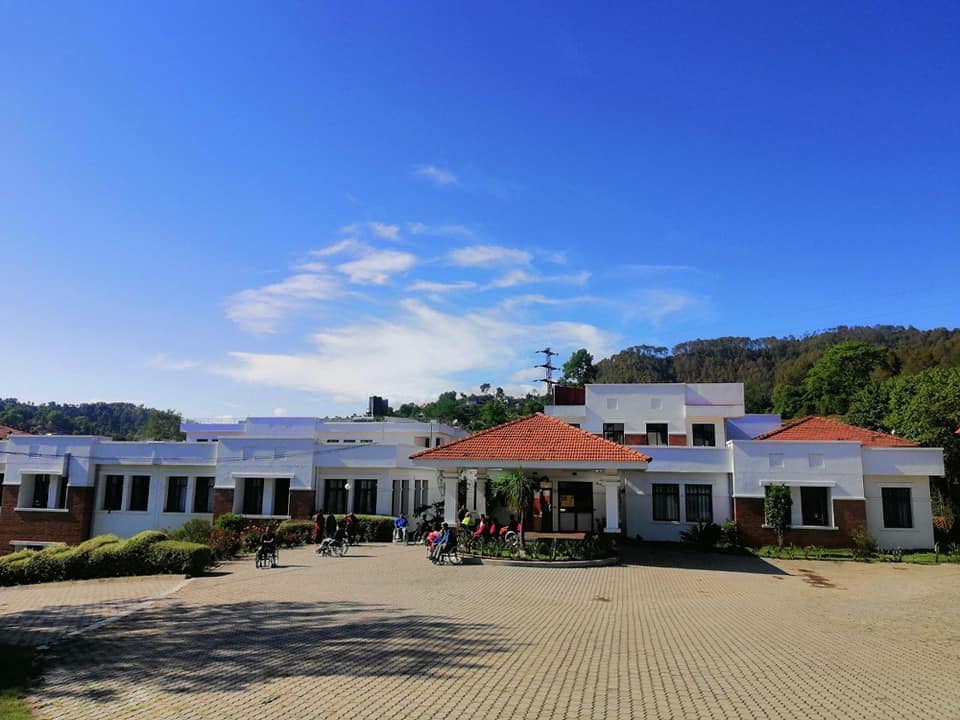
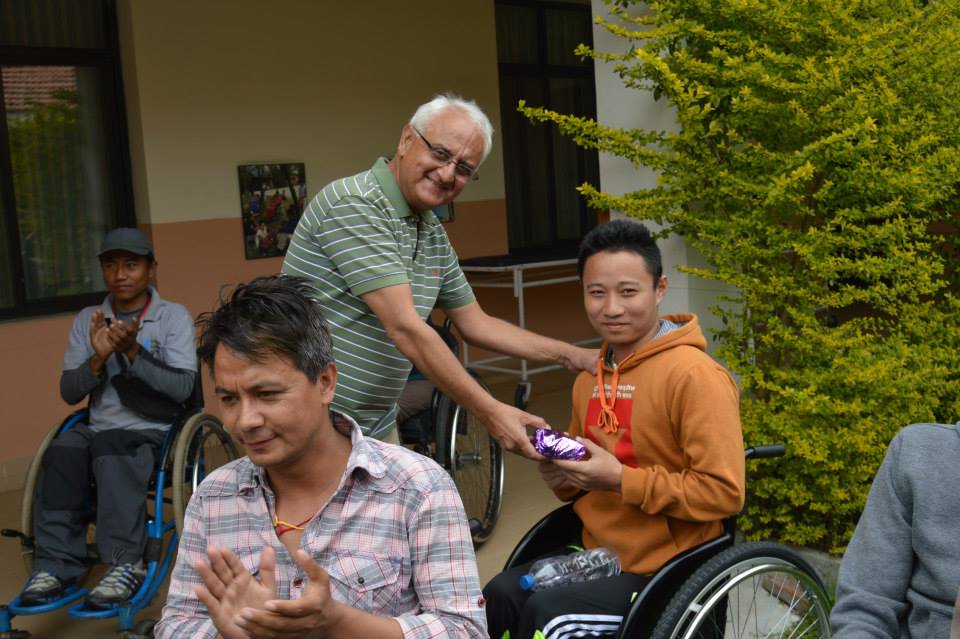
It was important to have a custom built facility for our centre. We sought a place that was close to a highway, for ambulance access as well as public transport for use by family attendants and visitors. It had to be near hospitals for referrals in both directions. But we needed ample space to expand, and be in a terrain that would be environmentally soothing to our rural body of patients. Our requirements were fulfilled at a 2.5 acre site located at the western end of Banepa Valley, 20 kilometres east of Kathmandu’s city centre and just beyond Bhaktapur town. The architectural contract was given to the Design Cell consultancy, and the building construction was similarly assigned to the Chitwan Construction and Engineering Company. The Mountains to Mountains organisation of Berne, Switzerland, aided in purchasing the land. The Kadoorie Charitable Trust provided support for the first phase of construction.
We moved to the new purpose-built facilities in November 2008 with immense enthusiasm and motivation. The center is an airy, well-lit structure and is wheel-chair accessible. Moreover, the surrounding scenery of the hillsides of Banepa Valley, including corn fields and pine forests is stunning. There is even a courtyard to remind us of the old Jorpati facility, and a 1:18 ramp allows wheelchair residents to propel themselves, which motivates them and benefits their general health. We are near Banepa's various hospitals, including the Scheer Memorial, Dhulikhel Hospital and HRDC, the last serving children with disabilities. The centre also collaborates with the Sushma Memorial Hospital in Sankhu, Kathmandu, for reconstructive surgery and the National Trauma Centre that refers patients with low economic background coming from different parts of the country. We work with all acute hospitals that treat back injuries, providing the important rehabilitation services.

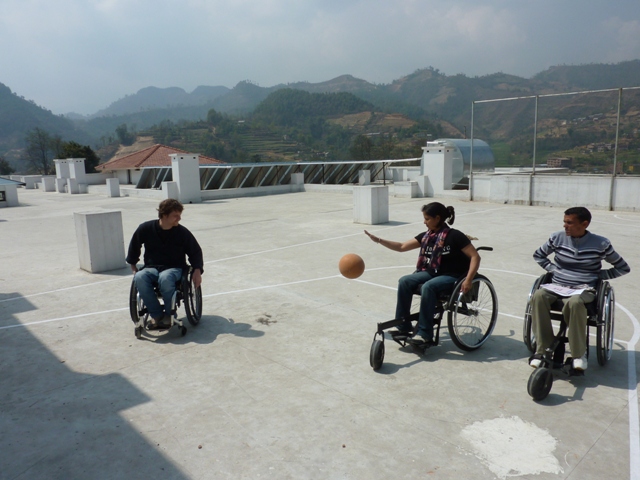
For the first three years, the Spinal Center was housed on the main floor. In 2001, with support from the Government of Nepal, the Spinal Center built a Therapy Unit on the ground floor.Now the building has been completed with additional support from KOICA and MSF Belgium. While the Spinal Centre has served the victims of traditional injuries resulting from fall from trees or cliffs, there has been a sudden rise in modern-day accidents dealing with highway disasters, as well as construction, industrial and mining accidents. The rise in highway accidents in particular has been dramatic. This has prompted the staff of the Spinal Center to work extended hours to serve the patients.
In the autumn of 2011, with the unabated rise in the number of patients, the Spinal Center Board decided to raise the number of beds from 39 to 51. This meant a financial burden that would need an even more energetic fund-raising drive than in the past. The Spinal Center is run entirely on voluntary support, hence, the Board and staff are constantly seeking innovative ways to raise funds, such as: an annual golf tournament, celebrity shows, theatre, an annual electric vehicle rally, and international fund-raising rides in the 1973 Volkswagen Beetle (which has made it to Dhaka twice, and in November 2011 goes from Kathmandu all the way to Peshawar via Delhi)
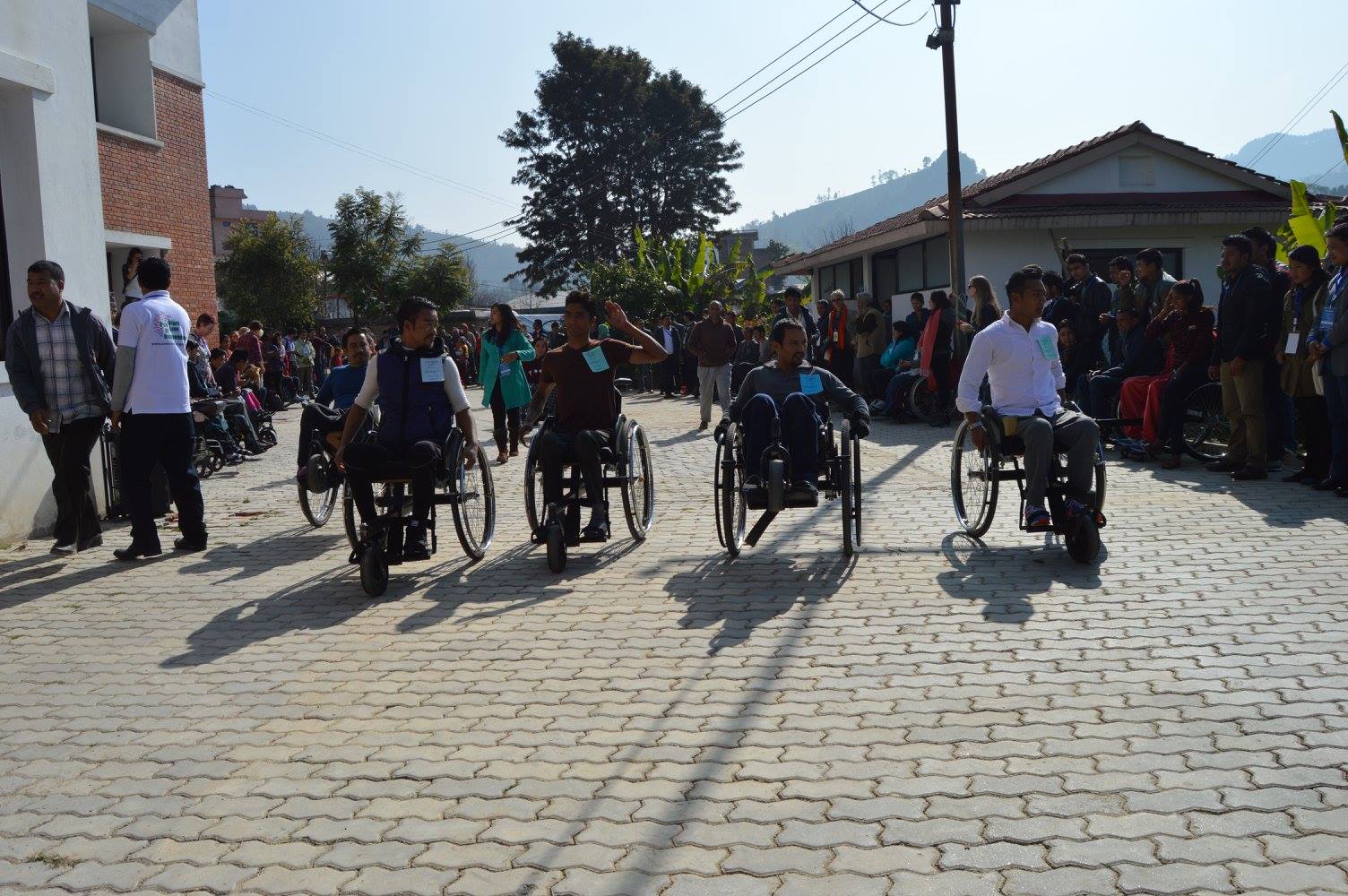
Holistic Rehabilitation Services
This is the title
This is the description.


